calsfoundation@cals.org
Sparkman (Dallas County)
| Latitude and Longitude: | 33º55’00″N 092º50’54″W |
| Elevation: | 171 feet |
| Area: | 1.29 square miles (2020 Census) |
| Population: | 355 (2020 Census) |
| Incorporation Date: | January 15, 1915 |
Historical Population as per the U.S. Census:
|
1810 |
1820 |
1830 |
1840 |
1850 |
1860 |
1870 |
1880 |
1890 |
1900 |
|
– |
– |
– |
– |
– |
– |
– |
– |
– |
– |
|
1910 |
1920 |
1930 |
1940 |
1950 |
1960 |
1970 |
1980 |
1990 |
2000 |
|
– |
561 |
711 |
840 |
964 |
787 |
663 |
622 |
553 |
586 |
|
2010 |
2020 |
|
|
|
|
|
|
|
|
|
427 |
355 |
|
|
|
|
|
|
|
|
Sparkman, a small second-class city, is located on State Highway 7 approximately twenty-six miles west/northwest of the Dallas County seat of Fordyce. Once a thriving lumber town, it is today chiefly a farming community perhaps best known for a 1920s and 1930s girls’ basketball team known as the Sparkman Sparklers.
Present-day Sparkman is located about a quarter of a mile southwest of the original settlement, which local residents today refer to as Old Sparkman. Lemil Pete Sparkman, who established a lumber mill near the seventeen-mile trunk line Ultima Thule, Arkadelphia and Mississippi Railway, founded the settlement in 1892. On September 19, 1893, a post office was opened with Sparkman as the postmaster. By 1899, the town was home to about 150 citizens and had three blacksmiths, a cotton gin, two general stores, a sawmill, a church, and a depot. Once all of the profitable timber was cut out by about 1910, the railroad shut down, and Sparkman moved his operation. The town began a decline. Earlier, a few unsuccessful oil wells were sunk, resulting in some of the surrounding land being polluted by the brine that was brought to the surface. Some used these waters for medicinal purposes, but they were never successfully commercially exploited.
Prosperity began to return to the area when the Malvern and Camden Railroad put down tracks around 1913. Anticipating growth, the Dallas Town Company, organized by the Moore and Martin Real Estate Company in Prescott (Nevada County), began to market lots to promote a new town platted near these new tracks on August 1, 1913. The new Sparkman began to grow slowly, and by the end of the year had a population of about thirty and a business district that included a general store, mill, gin, and blacksmith. The opening of the Rucker Lumber Company and the Arkadelphia Milling Company at about the same time sparked the settlement’s transformation into a trade center supported by area lumber operations and farmers.
A post office opened in 1914 with High McElwain as postmaster. On January 15, 1915, it was officially incorporated, becoming the fifth incorporated city in Dallas County. The year 1915 was an important one with the opening of the first hotel, Hotel Sparkman; the formation of the Businessmen’s League; the election of Claude E. Kennedy as mayor; the opening of an electric power plant; and the founding of the first newspaper, the Sparkman News, by J. J. Burdine. By 1916, the city included five general stores, a barber, a gin, a hotel, a bakery, a restaurant, a hardware store, and the Merchant and Planters Bank. By 1920, the population was approaching 600.
In the early years, all religious denominations held services in a warehouse and attended a Union Sunday School. However, after the completion of a building for the First Baptist congregation in 1914, that building was used by all. An African-American Baptist church was also organized that year. Other early churches included the Methodist in 1916, Assembly of God in 1925, and West Main Missionary Baptist in 1927.
The 1920s were rocky years for the town. By 1926, both the Arkadelphia Milling Company and Hardwood Lumber Company closed their operations. Much of that business loss was recouped by the opening of the Garland Gaston Lumber Company in 1927. The area was hit hard when the Flood of 1927 destroyed much of the local farm crops. Worse yet, in 1928, farmers were hit by severe drought. One bright spot was the construction of a new brick schoolhouse to accommodate increasing student enrollment due to consolidation with the Pine Grove (Dallas County) and Fairview (Dallas County) schools in the late 1920s.
While area farmers were hit hard by the Great Depression, none of the town businesses seem to have closed due to the hard times. At the start of the decade, Standard Oil Company opened a new bulk station. A city water works was online by 1936. The town’s population of just over 700 was serviced by seven dry goods stores, a grocery, two blacksmiths, two meat markets, two hardware stores, three garages, two machine shops, and a hotel. Many attended movies and performances at the Dixie Theater, which opened by 1933, and ate at the Big Elephant Cafe.
During the 1920s and 1930s, the town boasted a regionally known girls’ championship basketball team known as the Sparkman Sparklers.
Steady growth continued during the 1940s, 1950s, and 1960s, with the population reaching a high of 787. Still, by 1950, only gravel roads led to the city, though all city streets were paved by 1953. In 1950, a volunteer fire department was established. The 1960s saw the opening of a city sewer system. Affordable housing was supplied by the creation of the Sparkman Housing Authority in 1962. A city library, the Fohrell Library, opened in 1965.
Since the 1970s, Sparkman has experienced a steady population decline. The school, with an enrollment of less than 100, remains but is a part of the consolidated Harmony Grove District. A slumping home-building industry harmed the area’s vital timber industry. Many have been forced to move to seek employment elsewhere. In April 2022, the Harmony Grove School Board voted to close Sparkman High School and transfer the students to Harmony Grove High School, sparking a lawsuit by Sparkman residents to stop the closure; on July 14, 2022, the Arkansas Board of Education voted to support the closure of Sparkman High School.
The most famous residents of Sparkman were the Browns, a vocal trio that recorded several pop/country hits during the 1950s and 1960s. Members Jim Ed Brown and Bonnie Brown were born in Sparkman, while Maxine Brown was born in Louisiana. Jim Ed Brown went on to a successful solo career. Samuel Woodrow Williams, born in Sparkman in 1912, was a minister and professor who played a vital role in the civil rights movement in Atlanta, Georgia, and who mentored many students who became important leaders, including Martin Luther King Jr.
For additional information:
Lea, Grace. “Sparkman Was Founded by Enterprising Group of People.” Fordyce Advocate, September 21, 1933, p. 1.
———. “Sparkman Was Founded By Enterprising Group of People.” Fordyce Advocate, September 28, 1933, p. 2
Merritt, Richard. “Review of Dallas County, Arkansas.” Fordyce News-Advocate, November 10, 1976. Online at https://argenweb.net/dallas/history/review_of_dallas_county_his.html (accessed September 27, 2022).
Mizell, Matie D. DeLaughter. History of Sparkman, Arkansas, 1892–1976. N.p.: 1976.
Ross, Margaret Smith. “Sparkman One of State’s Youngest Municipalities.” Arkansas Democrat Sunday Magazine, September 14, 1952, p. 9.
Mike Polston
Encyclopedia of Arkansas History & Culture
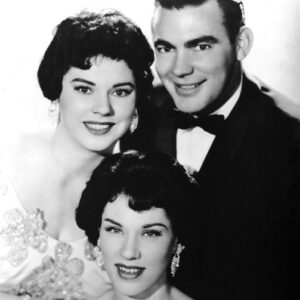 The Browns
The Browns  Dallas County Map
Dallas County Map 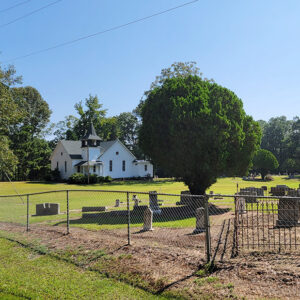 Sardis Methodist Church
Sardis Methodist Church 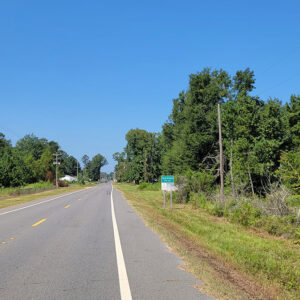 Entering Sparkman
Entering Sparkman 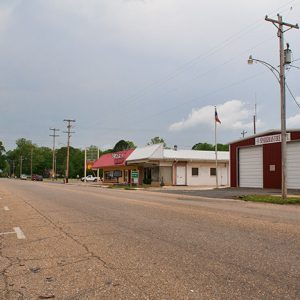 Sparkman
Sparkman 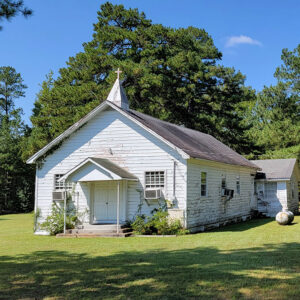 Sparkman Church
Sparkman Church 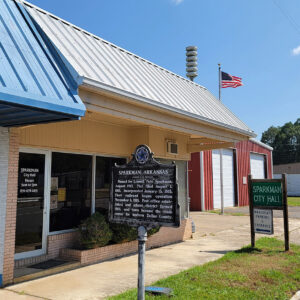 Sparkman City Hall
Sparkman City Hall 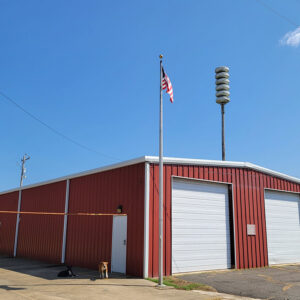 Sparkman Fire Department
Sparkman Fire Department 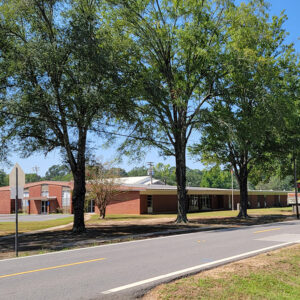 Sparkman High School
Sparkman High School 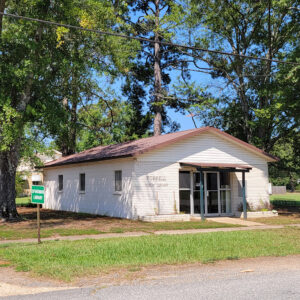 Sparkman Library
Sparkman Library 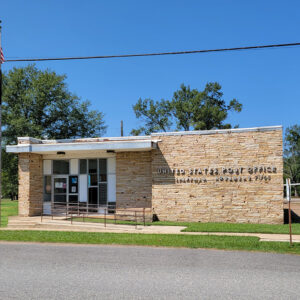 Sparkman Post Office
Sparkman Post Office  Sparkman Street Scene
Sparkman Street Scene 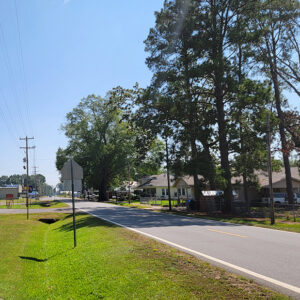 Sparkman Street Scene
Sparkman Street Scene 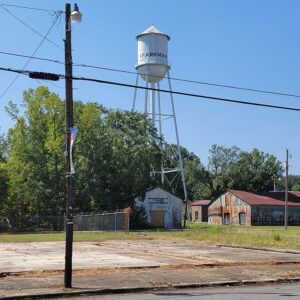 Sparkman Water Tower
Sparkman Water Tower 




Comments
No comments on this entry yet.